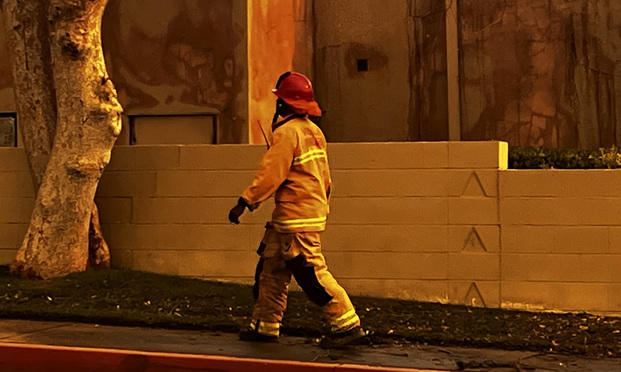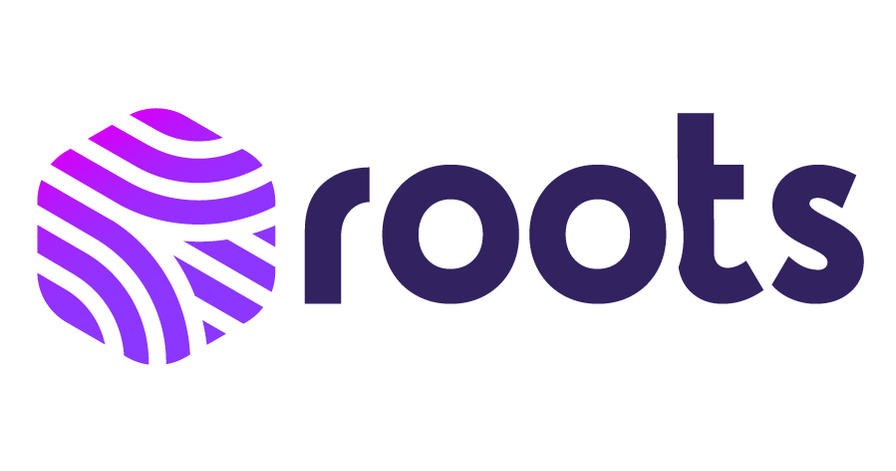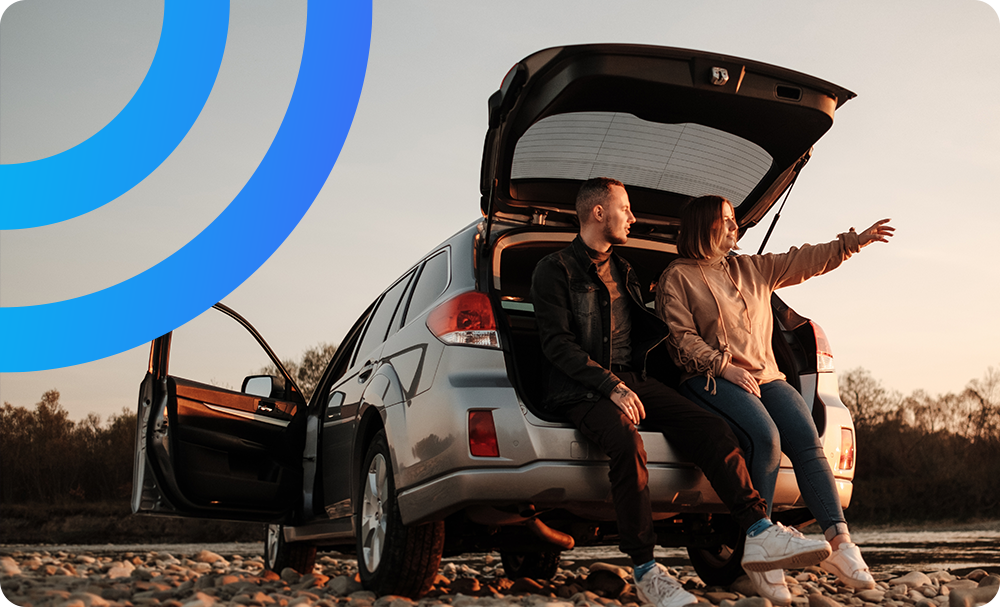2025/2026: REVIEWS & OUTLOOK
JPMorganChase Survey: U.S. Business Leaders Signal Optimism and Growth Plans for 2026 Despite Economic Uncertainty
Confidence among middle market businesses rebounds, as small businesses hold steady
At the start of the year, strong optimism among U.S. business leaders is setting the stage for an active 2026, according to JPMorganChase’s annual Business Leaders Outlook survey of small and midsize companies. Following a year of persistent economic and geopolitical headwinds, business leaders are charting a path forward by pursuing growth opportunities, embracing emerging technologies and, in some cases, forging new strategic partnerships.
As businesses grow and scale, their financial needs become more complex and their exposure to macroeconomic forces can intensify, shaping both their strategies and outlook. The survey highlights how these dynamics play out across companies of different sizes. Middle market companies—often more exposed to geopolitical shifts and policy changes—are reporting a rebound in optimism after confidence dipped in June of last year. Meanwhile, small businesses maintain steady optimism but continue to contend with domestic challenges—especially inflation and wage pressures—with a smaller share citing regulatory uncertainty as a concern.
Against this backdrop, the survey offers an in-depth look at the perspectives of middle market and small business leaders at the start of 2026.
Financial Results
Best’s Special Report: Lower U.S. Property/Casualty Insurer Expenses Boost Segment’s Underwriting Results -
Despite competitive market conditions, macroeconomic trends and severe weather trends that have fueled volatility in the U.S. property/casualty (P/C) industry’s underwriting results for a decade, insurers still managed to improve their underwriting and operating results, according to a new AM Best report.
These results were particularly evident in the segment’s underwriting expense ratio, which improved noticeably during the 2014-2024 timeframe. In 2024, the U.S. P/C segment’s combined ratio dropped 5.1 percentage points to 96.6 from a year earlier, which benefitted from 5.4 percentage point drop in the loss and loss adjusted expense ratio.
The turbulence caused by macroeconomic and weather-related factors largely impacted the P/C industry’s loss and loss adjustment expense ratio as insurers fought to improve premium adequacy during times when claim costs for several lines of business increased notably, which included the homeowners, private passenger auto, commercial auto, and general liability lines of business.
“Insurers fought through this turbulence, and in 2024 their financial fortunes improved noticeably in terms of both underwriting and operating results,” said David Blades, associate director, AM Best. “The improvements were especially evident for those personal lines insurers that had experienced decidedly unfavorable results from 2021 to 2023.”
News

Berkshire Hathaway overtakes Allianz as world’s largest insurer by assets
Berkshire Hathaway Inc. has claimed the top spot among the world’s insurers by nonbanking assets, surpassing Allianz SE with $1.15 trillion, according to AM Best’s January 2026 rankings.
Meanwhile, UnitedHealth Group Inc. maintained its lead in net premiums written (NPW), holding the position for the 11th consecutive year with $308.8 billion, up 6.2% in 2024.
Allianz SE, which had led the nonbanking assets ranking for five straight years, dropped to second place despite a 6.2% rise in assets to $1.09 trillion. The rest of the top five remained unchanged, with China Life Insurance (Group) Co., Ping An Insurance (Group) Co. of China Ltd., and Prudential Financial Inc. ranking third through fifth. Growth among China’s largest insurers was partly offset by a 3.2% depreciation of the yuan against the US dollar.
The top 10 insurers globally by nonbanking assets are: Berkshire Hathaway (US), Allianz SE (Germany), China Life Insurance (China), Ping An Insurance (China), Prudential Financial (US), Legal & General Group (UK), AXA (France), Manulife Financial (Canada), MetLife (US), and Life Insurance Corp. of India.

CCG sold by Incline Equity Partners, receives Riverside Co. investment | Repairer Driven News
Incline Equity Partners announced the sale of Certified Collision Group (CCG) on Tuesday, while The Riverside Co. shared on the same day that it has invested in the company.
Founded in 2014, CCG is a subscription-based membership network for independent collision repair shops that enables members to compete more effectively through collective vendor partners, access to preferred insurance programs, and operational improvements through performance management consulting and focused peer groups, according to press releases from Riverside and Incline.
Incline, a leading private equity firm dedicated to investing across the middle market, announced its sale of CCG on Tuesday.
Since partnering with Incline in 2022, CCG expanded its affiliate network to all 50 states and Canada, providing access to insurance programs, OEM certification support, performance management, and a broad range of vendor rebate programs, according to the Incline release.
Research

Insurance Premium Pressure: 57% Have Made Financial Sacrifices to Afford Home Insurance
High home insurance rates are straining Americans' budgets as they enter 2026. A new survey from Insurify found that 59% of policyholders said their costs increased last year, and 57% have made financial sacrifices to help pay for coverage. They've cut back on nonessentials (30%), delayed home repairs (22%), and even taken on debt (15%).
In 2025, the average annual cost of home insurance reached $3,017, according to Insurify rate data. And 40% say they spend more on home insurance than they do on other coverages, such as car or health insurance.
Facing unexpected pressure from premiums, more than 1 in 4 homeowners with coverage (28%) say they would drop their home insurance if they could. Doing so, however, could put them in jeopardy of life-changing financial consequences. Additionally, lenders often require insurance before approving a mortgage, meaning many homeowners must continue paying rising costs for coverage.
Some homeowners are so desperate to lower insurance costs that they say they'd trade away consumer protections or privacy for a discount. Specifically, about 30% of homeowners say they would allow their insurer to install and monitor cameras on their property. In contrast, many homeowners are missing out on less invasive ways to save. For example, only about 27% said they've researched or compared insurance policies in the past year.
Los Angeles Wildfires

Consumer Watchdog and Eaton Fire Survivor Network Join Senator Sasha Perez to Announce Bills Exposing Insurance Claim Low-Balling and Penalize Delays
Consumer Watchdog and the Eaton Fire Survivors Network joined Senator Sasha Perez to announce legislation holding insurance companies accountable for insurance claim delays and alterations that deny survivors the insurance benefits they paid for.
"Insurance delays and denials are standing in the way of recovery. It's time to make insurance companies meet their deadlines, be honest with survivors about what it will cost to recover, and hold them accountable when they fail to pay what they owe," said Carmen Balber, executive director of Consumer Watchdog.
"Recovery accelerates when the money shows up. When it doesn't, families are pushed out," said Joy Chen, executive director of the Eaton Fire Survivors Network and a smoke damage survivor.
"So many Eaton Fire survivors have had their recoveries needlessly blocked by insurance companies with their long delays and questionable decisions/dealings. This can't continue," said Senator Pérez. "I am introducing two pieces of legislation— one that will penalize insurance companies that don't meet their legal deadlines to make payments and a second that will force insurance companies to show their cards to policyholders when determining loss claim payment amounts. Real transparency and accountability will lead to a faster recovery," said State Senator Sasha Renee Pérez.
SB 877 – the Fair Claims Practices and Transparency Act – requires transparency and accountability in loss estimate documentation so homeowners can clearly see how their payout was calculated, what changes were made, who made them, and why—allowing survivors to verify accuracy, challenge errors, and access the full benefits they paid for.

California and U.S. senator announce bill to speed up recovery for wildfire survivors
Proposed legislation in California is expected to provide swifter claims payments for wildfire survivors, according to the state’s insurance commissioner Ricardo Lara.
Lara and newly-appointed Senate Insurance Committee Chair Steve Padilla announced Senate Bill 876 on Tuesday Jan. 6, a comprehensive legislative reform to speed up disaster recovery for homeowners and renters through improved insurance coverage and expanded consumer protections.
“Families are navigating loss, claims and uncertainty,” said Lara. “There is real fear, frustration and misinformation right now with the pace of recovery.”
“We will measure success when people can recover without red tape and delays, get coverage on their own terms and rebuild so they are out of harm’s way in the future,” he added. “While our focus is on insurance, recovery is multifaceted, not one-dimensional. Federal, state, local and private coordination is required for a successful recovery.”
The payment of insurance claims from insurance companies for the Los Angeles wildfires is already the fastest on record, according to Commissioner Lara’s office, with $22.4 billion distributed since January 2025, along with $6 billion in federal, state, local, and private donations committed.
CES Las Vegas 2026

Consumer Electronics Show (CES) underway: Here’s a few new automotive tech products
As the 2026 Consumer Electronics Show (CES) got underway this week, several automotive companies shared new technological innovations they plan to unveil at the show.
Teradar, a new U.S.-based terahertz vision technology company, has announced the launch of its flagship sensor, Teradar Summit, which it says represents a breakthrough in sensing technology and is the industry’s first long-range, high-resolution sensor designed for high performance in all weather conditions.
According to a Teradar press release, Tier 1 and automotive OEMs worldwide plan to manufacture and integrate the highly customizable chip design to achieve enhanced ADAS and Level 3-Level 5 autonomy in new and next-gen vehicles. Summit is currently in eight development partnerships across the U.S. and Germany.

CES 2026: Follow live for the first official day with Ring, Mobileye, Siemens, robots, AI, and more | TechCrunch
CES 2026, the annual consumer tech conference held in Las Vegas, is here. And lucky for you, we have TechCrunch editors and reporters on the ground to cover the news, scout out the interesting, weird, and relevant (and some not so relevant) tech, and of course the people working on it.
Even before the official kickoff of CES on January 6, there will be product reveals from Amazon, Nvidia, Hyundai, AMD, and more. AI is at the center of most of the action. But this year, we're hearing a lot more about the convergence of AI and the physical world, whether it's in factories, robotics, or autonomous vehicles. Follow our live updates as we share all the reveals and new hardware as it happens.
Claims

Roots' AI-Powered Document Indexing Accelerator Validated by Guidewire, Transforming Claims Processing with Automation
Roots announced that its newly validated Accelerator is now available to Guidewire ClaimCenter users on Guidewire Cloud via the Guidewire Marketplace.
The Roots Accelerator, our Document Indexing AI Agent, helps eliminate a critical claims bottleneck: manual document processing that overwhelms adjusters with sorting and data entry instead of serving policyholders. The Roots AI Agent automatically monitors multiple channels, classifying more than 70 document types with 98%+ accuracy and extracting data directly into ClaimCenter. Delivering high levels of straight-through processing, claims teams gain instant capacity for high-value work while shortening claims handling times, eliminating duplicate reviews, and reducing third-party processing costs to deliver faster payments and superior customer experiences.
"Every day claims adjusters spend handling routine document classification is a day they're not serving policyholders in their time of need," said Chaz Perera, Co-Founder and CEO of Roots. "Our Document Indexing AI Agent, powered by InsurGPT™, changes that equation dramatically. By automating up to 90% of document processing with high levels of accuracy, we're giving claims teams their time back to focus on what matters: faster decisions, better outcomes, and superior customer experiences. Our integration with ClaimCenter means insurers can quickly deploy this capability within their existing infrastructure, accelerating time-to-value across their entire claims operation."
People

Auto Industry Leader Tom Feeney Joins Agero’s Board of Advisors
Former Safelite president and CEO to guide Agero’s strategy across technology innovation and roadside assistance experience.
Agero, the leader in digital driver assistance services and software for the majority of automotive and auto insurance companies, has appointed former Safelite president and CEO Tom Feeney to its board of advisors. With more than three decades of experience leading the nation’s top vehicle glass services company, Feeney will guide Agero’s executive team on strategic initiatives spanning product innovation, market expansion, operational excellence, and partnerships across the automotive and insurance ecosystems.
“Tom is an exceptional business leader who led Safelite with true vision and impact,” said Dave Ferrick, Agero President and CEO. “He set the benchmark for Safelite to become the most trusted and admired vehicle service brand, a goal that aligns with our own standard at Agero. His industry expertise will be invaluable as we redefine the roadside experience for millions of drivers and push technological boundaries to deliver unmatched customer service.”
During his 35 years at Safelite, including 14 years as president and CEO beginning in 2008, Feeney spearheaded significant business growth. Under his leadership, the company grew 6x by focusing on two strategic principles - being People Powered and CustomerDriven - as well as serving as a trusted advisor to the insurance industry.
"Agero is at the forefront of transforming the roadside assistance experience, combining cutting-edge technology with incomparablescale and a 50-year market presence,” said Feeney. “I’m eager to contribute my experience to help accelerate innovation, strengthen partnerships, and support Agero as it continues to deliver seamless, data-driven solutions for drivers, automakers, and insurers."
OEMs & Auto Insurance
CCC Intelligent Solutions Introduces OEM Repair Certification Management Solution | CCC Intelligent Solutions
Nissan is the first automaker to join the CCC® OEM Link Network to streamline their certification process and improve performance visibility, supporting quality repairs
CCC Intelligent Solutions Inc. (CCC), a leading cloud platform provider powering the P&C insurance economy, today announced that Nissan will be the first automaker to participate in the CCC® OEM Link Network, a newly launched offering from CCC designed to support OEM collision certification programs.
Through their participation, Nissan will leverage CCC technology and services to support the entirety of its growing Certified Collision Repair Network, which today includes approximately 2,000 collision repair facilities across the U.S.
Vehicles today increasingly incorporate advanced materials and technologies, from high-strength steel and aluminum to EV powertrains and sophisticated driver assistance systems. As vehicle complexity grows, repairs require specialized equipment, processes, and technician training. Yet, OEM certification participation has stagnated, in part due to the challenges shops can face with related requirements, program administration, and uncertainty around return on their investment (ROI).
CCC OEM Link will help automakers and their repair network participants address these challenges. As part of this new partnership, CCC will manage certified network operations for Nissan, including the administration of shop audits, billing processes, and communications between the OEM and its certified repairers. CONTINUES

